Filter by
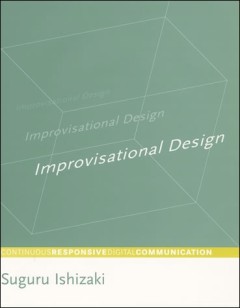
Improvisational design : continuous, responsive digital communication
Originally presented as the author's thesis (Ph. D.)--MIT, 1985.A theoretical framework for the design of digital communication.Traditional visual design expresses information in fixed forms, such as print or film, so the message can be stored or distributed. With interactive media and continuously updated information, communication entails a new, more dynamic set of design problems. In this bo…
- Edition
- -
- ISBN/ISSN
- 9780262276030
- Collation
- 1 online resource (xi, 155 pages) : illustrations
- Series Title
- -
- Call Number
- 005 ISH i

Things and places :
Problems in linking representation and perceived things in the world are discussed in light of the role played by a preconceptual indexing mechanism that functions to identify, reidentify, and track objects.
- Edition
- -
- ISBN/ISSN
- -
- Collation
- 1 online resource (xiv, 255 pages) : illustrations.
- Series Title
- -
- Call Number
- -
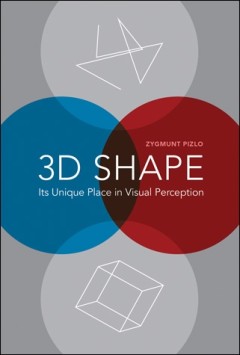
3D shape : Its Unique Place in Visual Perception
A new account of how we perceive the 3D shapes of objects and how to design machines that can see shapes the way we do.
- Edition
- -
- ISBN/ISSN
- -
- Collation
- 1 online resource (xiv, 278 pages) : illustrations
- Series Title
- -
- Call Number
- -
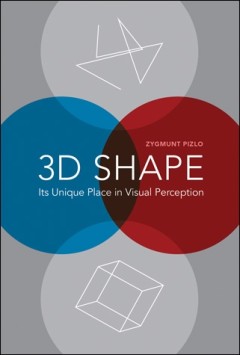
3D shape : Its Unique Place in Visual Perception
A new account of how we perceive the 3D shapes of objects and how to design machines that can see shapes the way we do.
- Edition
- -
- ISBN/ISSN
- -
- Collation
- 1 online resource (xiv, 278 pages) : illustrations
- Series Title
- -
- Call Number
- -
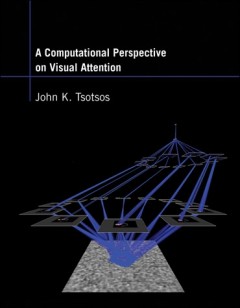
A computational perspective on visual attention
Although William James declared in 1890, "Everyone knows what attention is," today there are many different and sometimes opposing views on the subject. This fragmented theoretical landscape may be because most of the theories and models of attention offer explanations in natural language or in a pictorial manner rather than providing a quantitative and unambiguous statement of the theory. They…
- Edition
- -
- ISBN/ISSN
- 9780262295420
- Collation
- 1 online resource (xvi, 308 pages) :illustrations (some color)
- Series Title
- -
- Call Number
- -
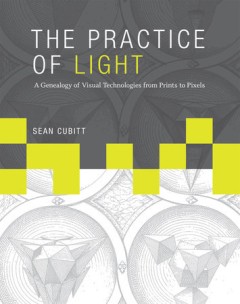
The practice of light :a genealogy of visual technologies from prints to pixels
An account of Western visual technologies since the Renaissance traces a history of the increasing control of light's intrinsic excess.OCLC-licensed vendor bibliographic record.
- Edition
- -
- ISBN/ISSN
- 9780262326568
- Collation
- 1 online resource (xiv, 354 pages, 8 unnumbered pages of plates) :illustrations (some color).
- Series Title
- -
- Call Number
- -
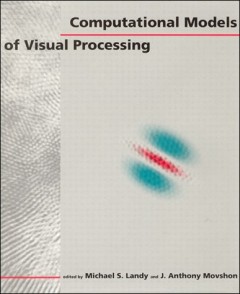
Computational Models of Visual Processing
Based on a workshop held at the Cold Spring Harbor Laboratory's Banbury Center in June 1989."A Bradford book."The more than twenty contributions in this book, all new and previously unpublished, provide an up-to-date survey of contemporary research on computational modeling of the visual system. The approaches represented range from neurophysiology to psychophysics, and from retinal function to…
- Edition
- -
- ISBN/ISSN
- 9780262290890
- Collation
- 1 online resource (xii, 394 pages) :illustrations
- Series Title
- -
- Call Number
- -
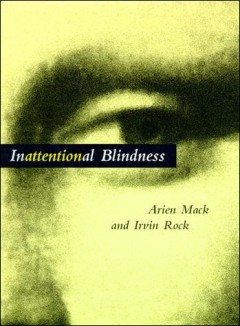
Inattentional blindness
"A Bradford book."Many people believe that merely by opening their eyes, they see everything in their field of view; in fact, a line of psychological research has been taken as evidence of the existence of so-called preattentional perception. In Inattentional Blindness, Arien Mack and Irvin Rock make the claim that there is no such thing - that there is no conscious perception of the visual wor…
- Edition
- -
- ISBN/ISSN
- 0585003408
- Collation
- 1 online resource (xiv, 273 pages) : illustrations.
- Series Title
- -
- Call Number
- 100 MAC i
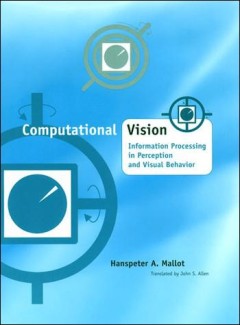
Computational Vision: Information Processing in Perception and Visual Behavior
"A Bradford book."This text provides an introduction to computational aspects of early vision, in particular, color, stereo, and visual navigation. It integrates approaches from psychophysics and quantitative neurobiology, as well as theories and algorithms from machine vision and photogrammetry. When presenting mathematical material, it uses detailed verbal descriptions and illustrations to cl…
- Edition
- -
- ISBN/ISSN
- 9780262278959
- Collation
- 1 online resource (ix, 296 pages) :illustrations.
- Series Title
- -
- Call Number
- -

Schools and screens :a watchful history
"Cain chronicles twentieth-century schools' experiments with screen media and investigates the contests over citizenship and civic education that emerged in reaction"--OCLC-licensed vendor bibliographic record.
- Edition
- -
- ISBN/ISSN
- 9780262366267
- Collation
- 1 online resource.
- Series Title
- -
- Call Number
- -
 Computer Science, Information & General Works
Computer Science, Information & General Works  Philosophy & Psychology
Philosophy & Psychology  Religion
Religion  Social Sciences
Social Sciences  Language
Language  Pure Science
Pure Science  Applied Sciences
Applied Sciences  Art & Recreation
Art & Recreation  Literature
Literature  History & Geography
History & Geography